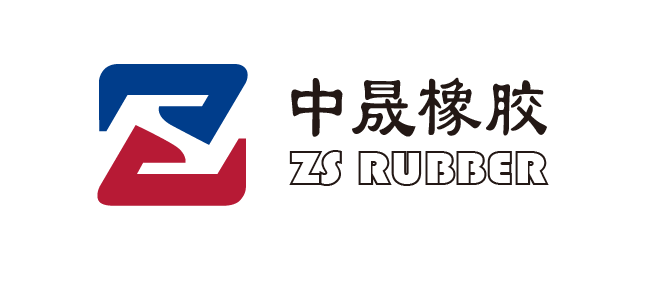As we all know, o ring is widely used in sealing system, but do you know how to choose an o ring professionally?
When choosing an O-ring, the following factors should be considered:
Material:
Different materials have different properties, such as low temperature resistance, heat resistance, wear resistant, chemical resistance, and durability. So choose a material suitable for the application environment is very important.
Size:
O ring has a circular cross-section and is typically shaped like a ring, then we have a formula as bellow:
OD=ID+2xCS
OD is short for outer diameter
ID is shore for inner diameter
CS is short for cross section
So we usually show the size of an o ring as ID*CS.
Before choosing an o ring, make sure that the size of the O-ring matches the dimensions of the sealing area.
Operating temperature:
The O-ring should be able to withstand the expected operating temperature range.
Different working conditions will lead to different operating temperature. When choose the o ring, we should know what temperature the material resistant.
Pressure resistance:
It should be able to handle the expected pressure conditions.
In general, the higher the hardness, the higher the pressure resistance of the o ring.
Chemical compatibility:
It is necessary to be resistant with the fluids or chemicals it will come into contact with. Such as, FKM is resistant to acid and alkali, FKM and NBR is resistant to some oil, and so forth.
Application requirements:
Consider factors such as static or dynamic sealing, and whether there are special requirements for sealing performance.
Cost:
Consider the cost within the budget. If NBR o ring can meet the requirements, then it’s no need to order HNBR o ring. For same size, HNBR o ring is several times the price of NBR o ring
Besides, Here are some additional tips for choosing an o ring:
1, Check the supplier’s recommendations and specifications.
2, Consider using standard sizes if possible to facilitate replacement and availability.
3, Test and validate the sealing performance in actual applications if necessary.
4, Pay attention to storage and handling to ensure the integrity and performance of the O-ring.
5, If still in doubt, consult a sealing expert or supplier for advice.
Email: info@zsrubber.com


